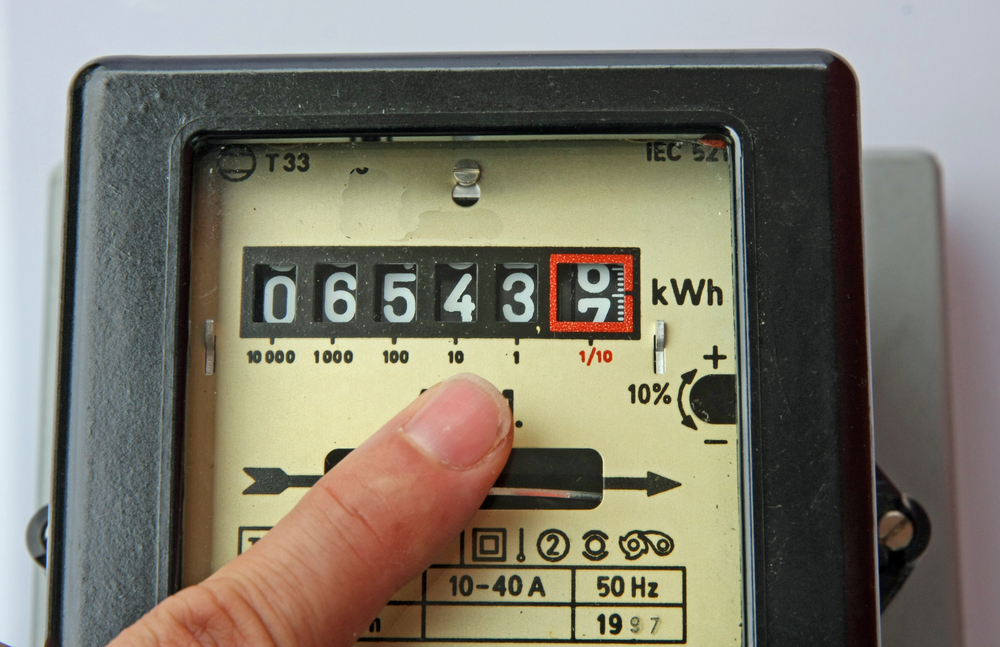Smart Meter Insights: Tracking Household Energy Use Effectively
Smart meters give households timely data about electricity use, helping people see patterns across the day. This short overview explains key functions, how meters connect with renewables and the grid, and what to consider when comparing providers and metering options in your area.

Smart meters provide continuous, automated readings of household electricity use, moving beyond monthly estimates to near real-time data that households and suppliers can use to measure consumption and manage energy. They record usage in short intervals and transmit that information to suppliers and, where permitted, to customers via apps or in-home displays. Understanding how metering works and what data is available helps households interpret billing, evaluate efficiency measures, and plan for integration with distributed generation such as rooftop solar.
How smart metering tracks consumption
Smart metering records electricity use in regular intervals—often every 15 or 30 minutes—rather than relying on occasional manual reads. This granular data builds a clearer picture of when energy is consumed, which appliances draw the most power, and how demand changes over days and seasons. For households focusing on consumption patterns, these insights allow adjustments to lifestyles and appliance scheduling to reduce peak use, which can influence overall energy spend and grid impact. Data privacy and access controls vary by region, so check local services for how your metering data is shared and stored.
Can smart meters improve billing and tariffs?
Smart meters enable more accurate billing because suppliers can base charges on actual consumption rather than estimates, reducing surprises on statements. They also support advanced tariff structures, such as time-of-use rates, which shift costs by time of day and can reward off-peak consumption. When assessing tariffs, consider how responsive your household can be to rate changes, and whether switching to a different rate or supplier supports lower bills. Existing meter functionality and the availability of in-home or online tools can influence how easily you track and adapt to tariff signals.
How do smart meters interact with the grid and renewables?
Smart meters act as endpoints that inform the grid about distributed demand and can support grid stability when combined with broader metering networks. Aggregated data helps grid operators forecast demand and integrate variable renewables more effectively. On a local scale, meters can indicate when generation from renewables like community wind or rooftop solar is contributing to consumption. Where regulation permits, two-way communication lets utilities manage load or receive exported energy information, aiding in balancing supply and demand as renewable penetration increases.
Can smart meters support solar and storage systems?
When paired with solar panels and battery storage, smart meters help households measure generation, self-consumption, and export to the grid. Accurate metering lets owners see how much solar generation offsets demand and when storage discharges to supply the home. This visibility is important for sizing storage, optimizing charge/discharge cycles, and evaluating system performance. Integration capabilities depend on meter type and whether the installer or supplier supports data aggregation from inverters and battery systems into a single view for easier analysis.
How can meters help with efficiency and switching rates?
Metering data supports targeted efficiency improvements by revealing high-use appliances and times of peak demand. With detailed consumption metrics, households can prioritize insulation, appliance upgrades, or behavioural changes to reduce energy intensity. Smart meters also make switching between suppliers or tariff plans more transparent, since past interval data can indicate potential savings under different rate structures. Understanding rates, switching costs, and contract terms remains important: metering provides the evidence but financial impacts vary by tariff design and individual consumption profiles.
Service providers and metering options in your area
Different suppliers and utilities provide varied metering services, installation support, and customer interfaces. Below are several widely known providers and the typical services they offer; availability differs by country, and local distribution companies may handle meter installation and maintenance independently of retail suppliers.
| Provider Name | Services Offered | Key Features/Benefits |
|---|---|---|
| EDF Energy | Retail electricity supply, smart meter rollout, customer apps | Advanced online usage data, supports time-of-use tariffs |
| E.ON | Retail and network services, demand response programs | In-home displays, integration with energy efficiency programs |
| Iberdrola | Supply, distributed generation integration, renewable contracts | Support for rooftop solar customers, export monitoring |
| Enel | Utility and supplier services, grid modernization | Smart grid initiatives, compatibility with storage solutions |
| Octopus Energy | Retail supply, flexible tariffs, smart tariff options | Emphasis on time-of-use rates and software-based tools |
Conclusion
Smart meters transform how households observe and respond to energy use by providing fine-grained consumption data, supporting accurate billing, enabling time-based tariffs, and improving integration with renewables and storage. Evaluating local services, meter features, and the way data is presented helps residents make informed choices about efficiency measures, tariff structures, and potential supplier switching. As technologies and regulations evolve, meter capabilities and the options offered in your area are likely to expand, making ongoing review of services and tools valuable.






